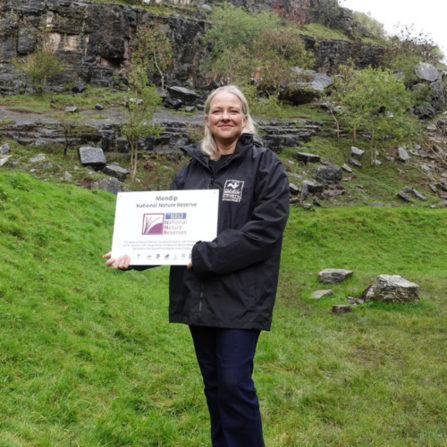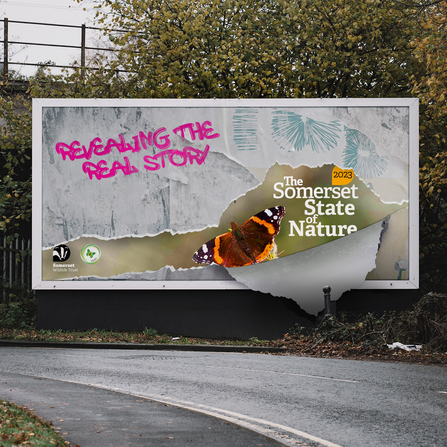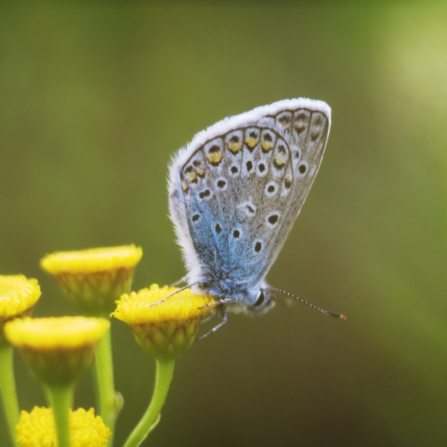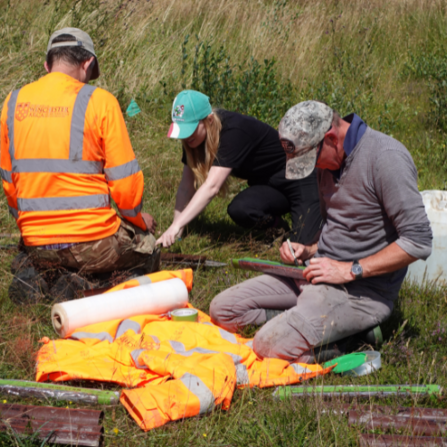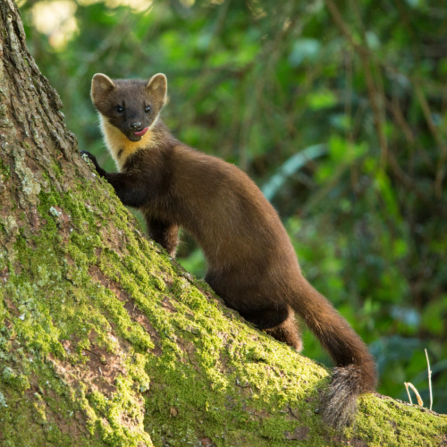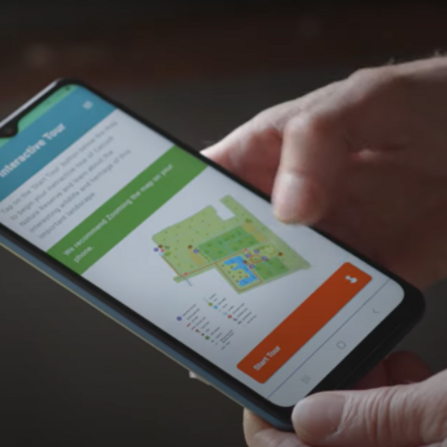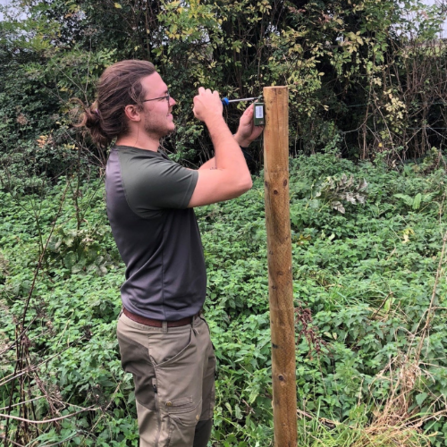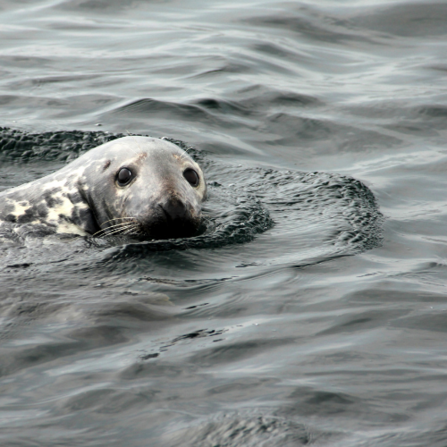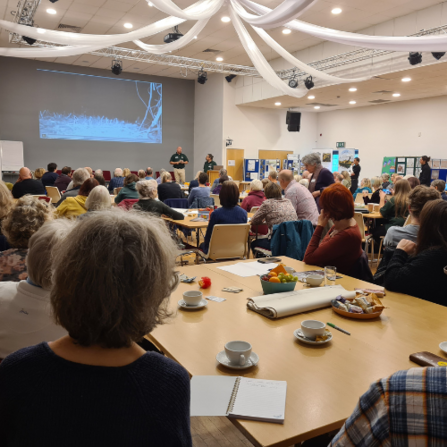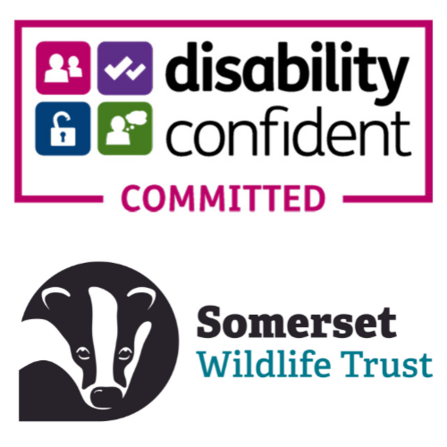Thank You for your Support in 2023
It's been a busy year for Somerset Wildlife Trust, and we've achieved so much — but before we go on to celebrate some of these successes, we wanted to say thank you. The work we do simply wouldn't be possible without our incredible members, volunteers, and supporters. It is thanks to people like you that we are able to continue standing up for nature in Somerset — so thank you.


